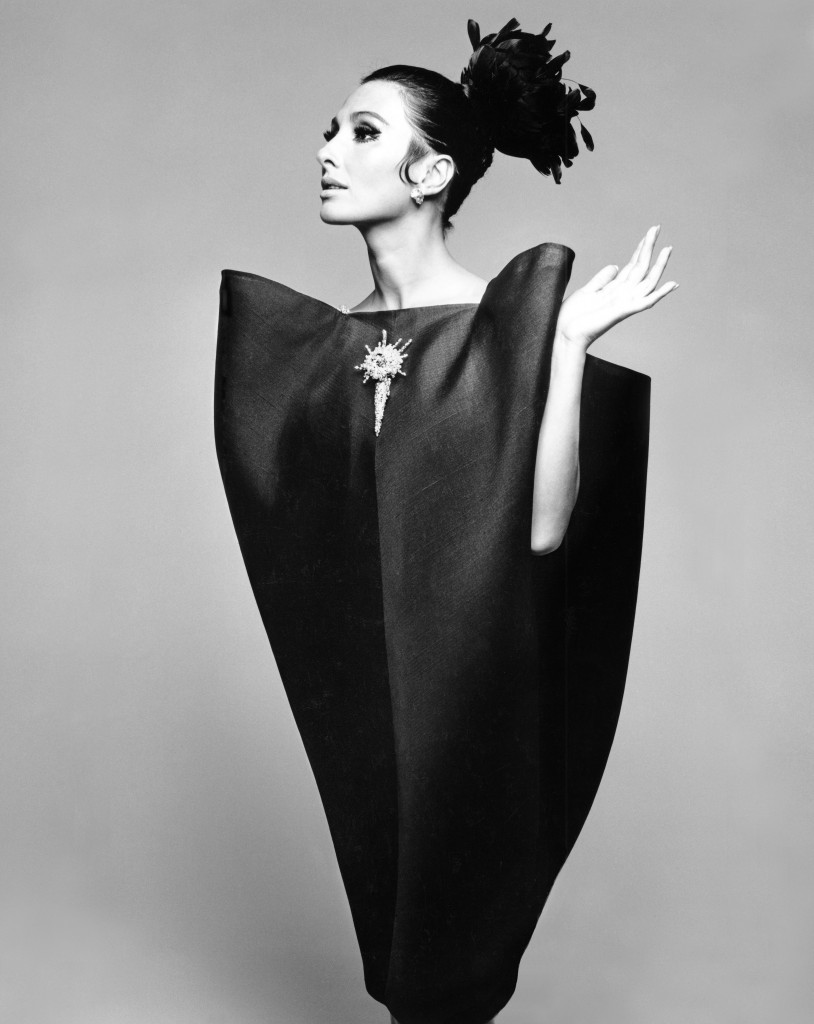Reshaping Fashion: A Modern Exhibition of Balenciaga’s Brilliance
Reshaping Fashion: A Modern Exhibition of Balenciaga’s Brilliance
‘The master of us all’. ‘The only couturier in the truest sense of the word’. Cristóbal Balenciaga is a name renowned and revered, his reputation and standards uncompromised throughout the fashion sphere. His figure is one idolized by icons, Christian Dior and Coco Chanel alike in awe of his imprint of supreme deity of European salons.
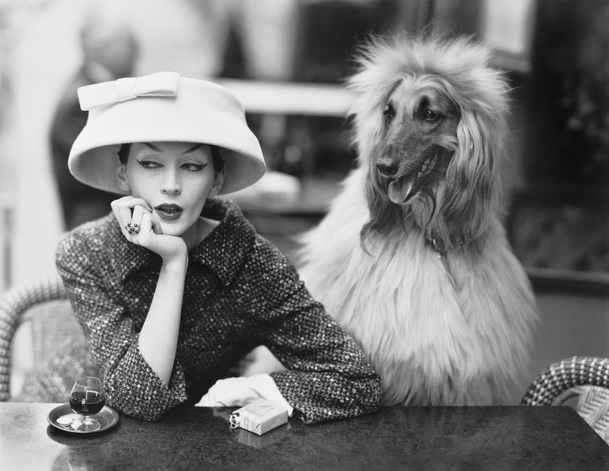
Dovima with Sacha cloche and suit by Balenciaga Caf+®_des Deux Magots Paris 1955. Photograph by Richard Avedon – The Richard Avedon Foundation
This May, the Victoria & Albert Museum open the first UK exhibition exploring the work of ‘The King of Fashion’, marking the centenary of the opening of Balenciaga’s first fashion house in San Sebastian and the 80th anniversary of the opening of Fashion House in Paris. Emphasizing the mastery of his tailoring in reshaping the female silhouette, ‘Balenciaga: Shaping Fashion’ focalizes in detail on a period in Balenciaga’s career in the 1950s and 60s landmarked by creativity and innovation.
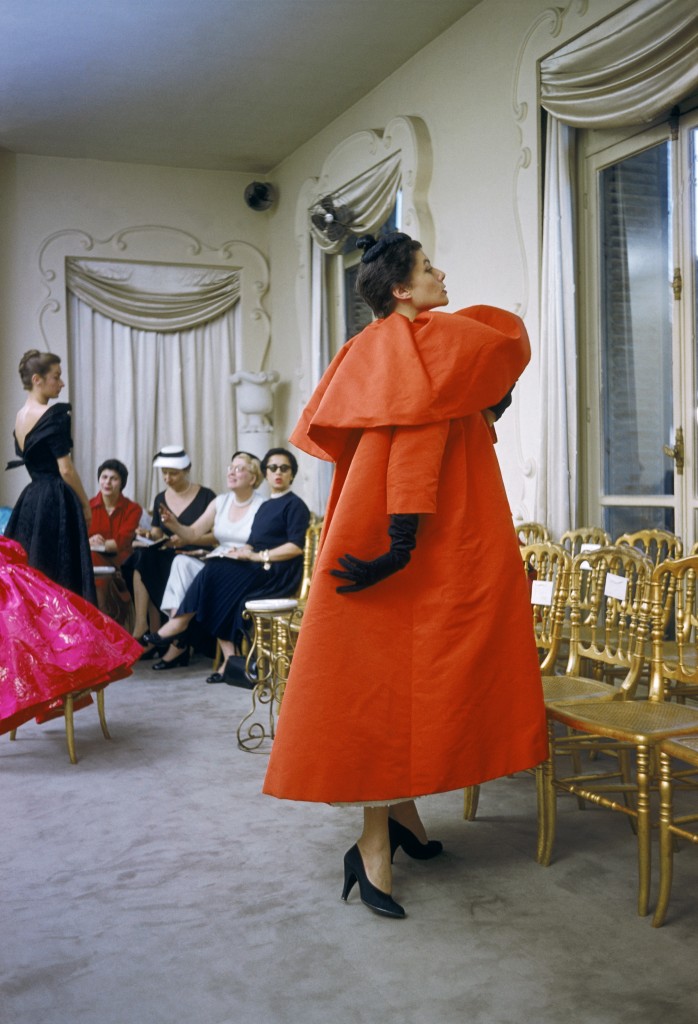
Model wearing Balenciaga orange coat as I. Magnin buyers inspect a dinner outfit in the background Paris France 1954 _ Mark Shaw mptvimages.com
The revolution occurring in the wake of Balenciaga’s designs, such as ‘the tunic’ and ‘the shift dress’, is one whose effects have rippled across the surface of modern fashion today. Utilizing the V&A’s fashion holdings, which contain the largest collection of Balenciaga in the UK initiated by Cecil Beaton, the exhibition exemplifies Balenciaga’s creativity and flair in featuring over 100 garments and 20 hats, many of which have not been on public display before. #
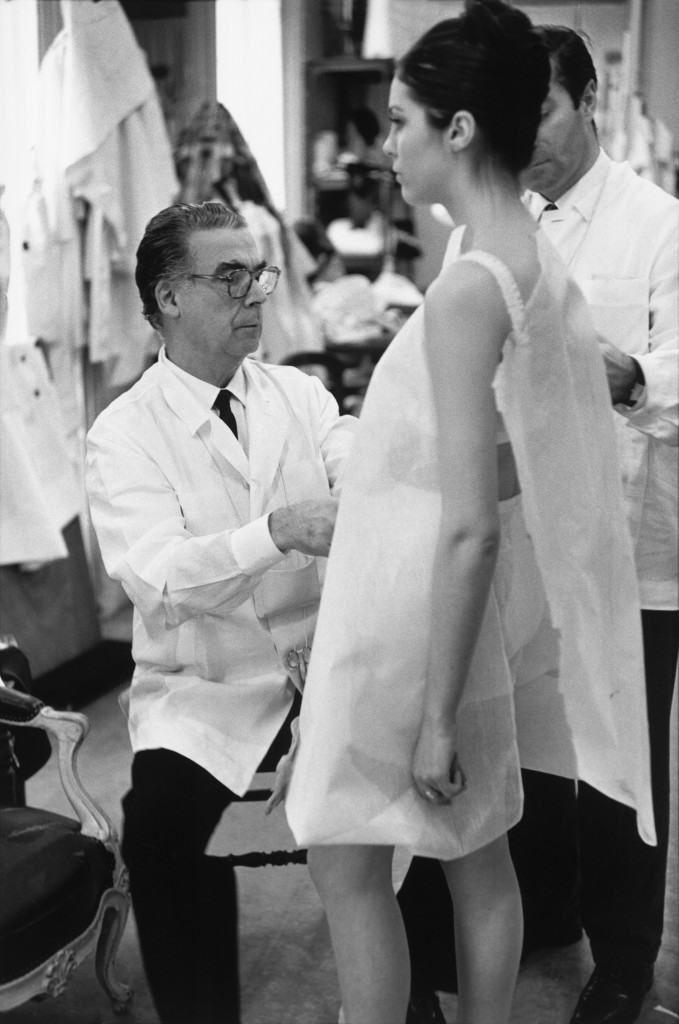
Cristobal Balenciaga at work Paris 1968. Photograph Henri Cartier-Bresson _ Henri Cartier-Bresson Magnum Photos
Curated by Cassie Davies-Strodder, it features archive sketches, patterns, photographs, fabric samples and catwalk footage that reveal the sheer depth of Balenciaga’s genius, with highlights including ensembles and pieces made for Hollywood actress Ava Gardner, 1960s fashion-icon Gloria Guinness and Mona von Bismarck alike. Such breathtaking displays occur in tandem with x-rays, animated patterns and short films on couture-making processes that reveal the brains behind Balenciaga’s beauty, allowing the presentation arguably to mirror the insight and innovation emanated by Balenciaga himself.
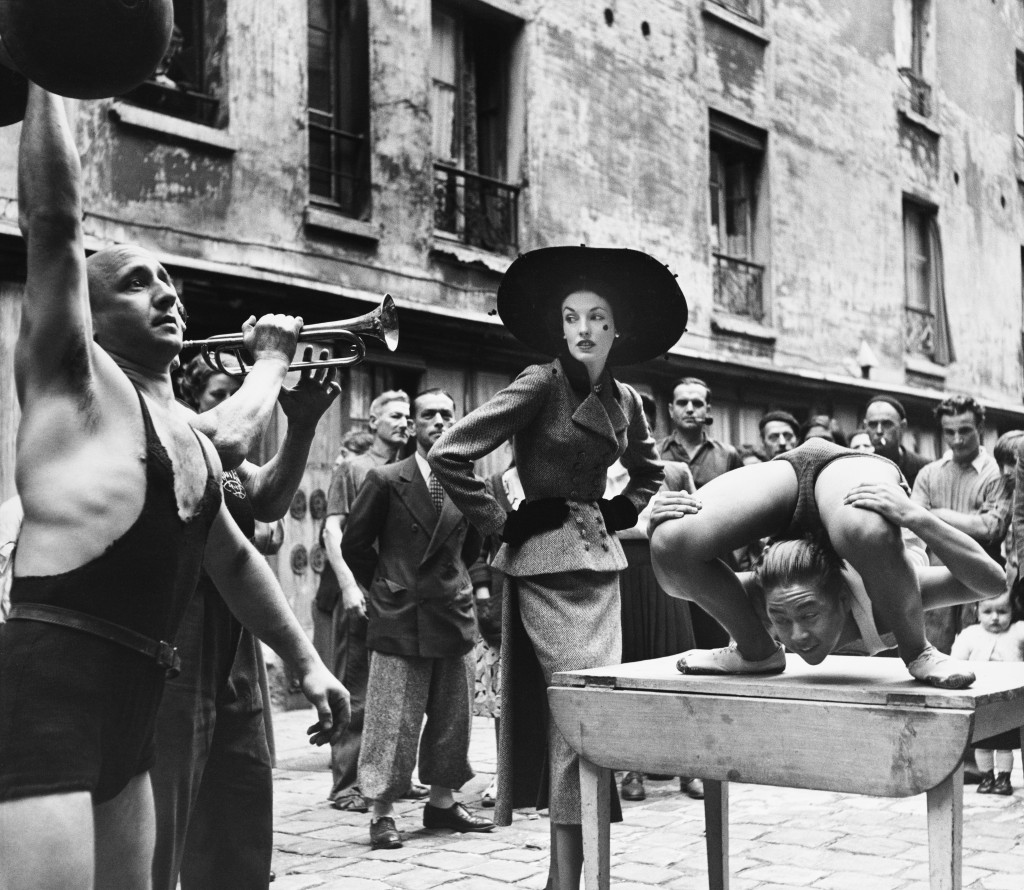
Elise Daniels with street performers suit by Balenciaga Le Marais Paris 1948. Photograph by Richard Avedon_The Richard Avedon Foundation
At the height of his success, whilst Christian Dior’s ‘New Look’ was the dominant force in fashion, Cristóbal Balenciaga pioneered what can be seen as the rediscovering of the female silhouette. Designing an aesthetic that stood away from the body rather than restricting it, the human figure became an architectural structure there to manipulate fabric, rather than to be manipulated itself.
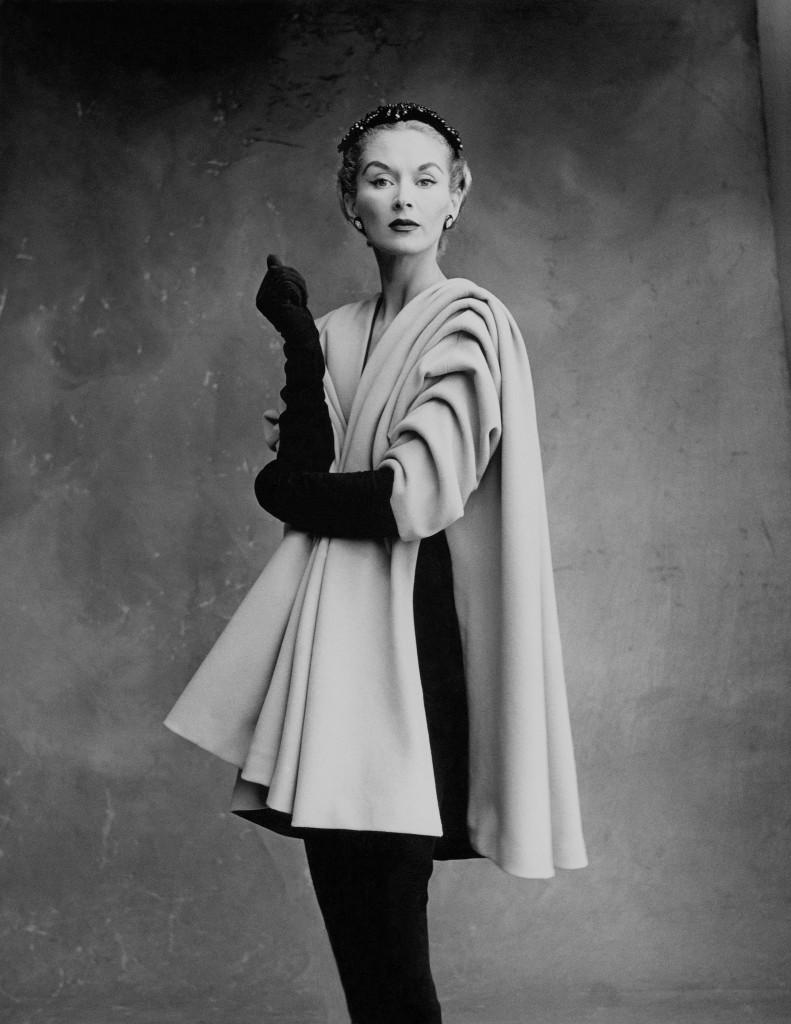
Lisa Fonssagrives Penn wearing coat by Cristobal Balenciaga Paris 1950. Photograph by Irving Penn Conde ®Nast Irving Penn Foundation
The exceptional nature of this thought process created a legacy to be forever acknowledged, highlighted in the work of modern designers such as Molly Goddard, Demna Gvasalia and J.W. Anderson. For the first time, the V&A have utilized x-Ray technology to forensically analyze the structural ingenuity of Balenciaga’s vision, highlighting constructions invisible to the naked eye including dress weights strategically placed to influence the exact hang of skirts and boning within dress bodices. An insight is suddenly granted to the incomprehensible genius of Balenciaga’s brain, marking the exhibition like no other in its mesmerizing offering of creative awareness.
The permeation and presence of Balenciaga into the modern day is reinforced through the exhibition’s partnership with the London College of Fashion, where pattern-cutting students have taken patterns from some of his most iconic garments and created digitized animations to demonstrate the construction of different works. Such a proliferation into the 21st century illustrates a thought process not only durable, but evolutionary. Balenciaga’s ideology is shown to transgress boundaries that even he himself could not have predicted, reiterating the malleability and adaptability of his genius. The lasting influence of such a legacy is reiterated quite literally throughout the exhibition in a section entitled ‘Balenciaga’s Legacy’, featuring the work of over 30 designers in the last 50 years right up to the present day that all show evidence of Balenciagan ideology. From the revival of strong lines in designers such as Phoebe Philo for Celine, to exploration of volume in the work of Molly Goddard and Demna Gvasalia, ‘Balenciaga: Shaping Fashion’ reiterates the resonance of his voice over the fashion industry as one not only heard, but also forever to be listened to.
Reshaping Fashion: A Modern Exhibition of Balenciaga’s Brilliance


